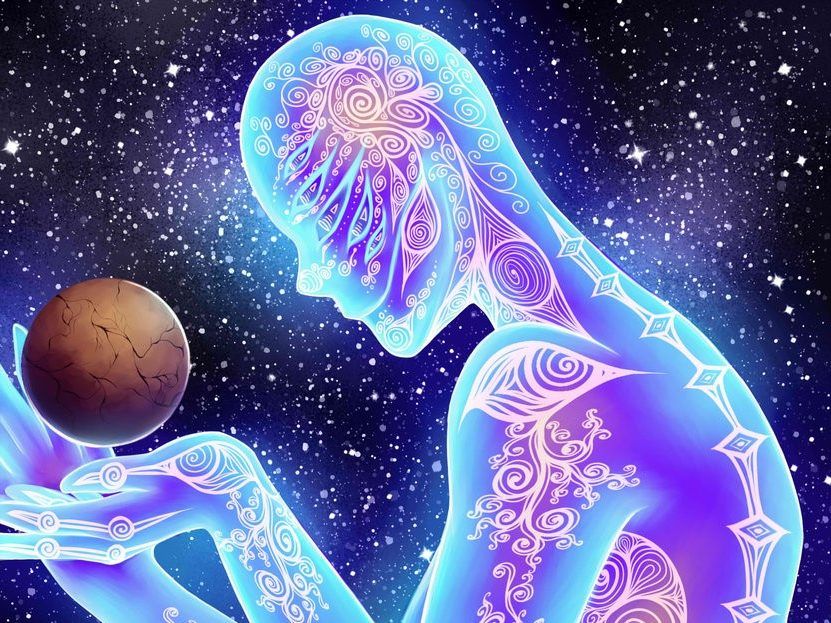
Does Anything Actually Exist Without An Observer?
All that we believe to be solid is in fact 99.99999999 per cent energy or information which is therefore not an empty space, this coincides with humans only being able to see less than 1% of the frequency spectrum, leaving 99 plus per cent that we cannot see. I would surmise that the empty space around atoms is an intelligent field which observes them into existence, using the collapse of the wave function.
The atom is matter reduced to its smallest measurement.
It is the same objective universal consciousness that observes us and our third dimensional reality into form. The collapse of the wave function is also known as a quantum event which is when a particle of physical matter (electron) cannot exist until we observe it and give it our attention. When we do not give it our attention it turns back into energy (frequency wave). When an observer focuses attention and looks for some-thing, electrons from the invisible field of energy collapse into a particle and when not observed they disappear again. We are also observed into existence. When the electron turns back into the energy and all possibility it becomes non-local.
When two separate images are presented the brain engages in a conflict resolution mechanism, therefore the conscious experience may change although the stimuli remains the same. This is called ‘binocular rivalry’ and is a conscious perception and a conscious experience. So again a focused attention is required for such a conflict resolution in the brain. It comes back to the same thing, namely the observer!
The double slit experiment proved that photons behave differently when under observation and how, because when we observe something we cause photons to rebound off the object being observed and they know that they are under observation due to this. So the material electron expands back into immaterial energy in the quantum field when not observed.
This is the Heisenberg Uncertainty Principle. When observing a sub-atomic particle the experimental apparatus inevitably alters the sub-atomic particles trajectory because photons (retina’s reception called vision) are bouncing of it altering the trajectory of that which is observed. The sub-atoms observed are conscious existence.
Atoms reacting with electricity create the subjective conscious experience, they donate, receive or share their valance electrons that are taking part in chemical reaction.
Even the horizon needs distance between the object and the observer to exist…
So, that leads me to an important question. If you take out of the equation the observer, does anything actually exist?
Kind regards
Michael…

